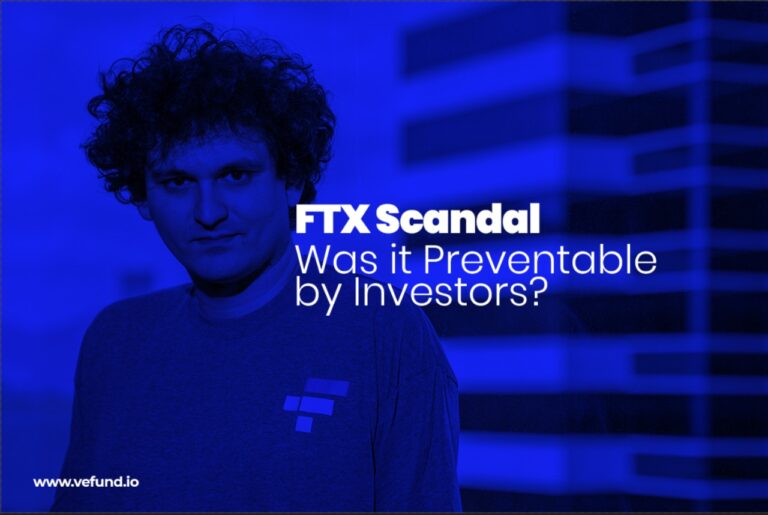What is Startup Valuation? Five Things you Need to Know
Valuation in its essence is the price of a company in the present. As a startup founder, you will need to be aware of your startup’s valuation whenever you want to raise funds. Not only will it help you in defining what is a good deal at the negotiation table, it will also help you in planning the company’s future realistically.
Figuring out your startup valuation typically takes sincere effort to be as realistic as possible and to convince investors that your numbers are valid. With that said, this article will give you a bird’s eye view of five things you need to know before rolling your sleeves.
- How valuation is used by investors
Investors typically give startups the funds they need in exchange for equity. From their point of view, you are selling part of your company to them. That is why it is critical that founders and investors agree on the startup’s valuation, because this will determine how much percentage of the company the investors get in return for their funds.
That said, investors have an incentive to push the valuation down as much as they can. Lower valuation gives investors a higher percentage of equity and more profit when they exit their investment. This is why you need to be informed on the drivers of your company’s value in order to negotiate and define good deals.
- The common valuation methods for startups
There are several startup valuation methods out there, and each method has its own variations. Picking the best methods for you depends on the stage of development of your company and the information available about the industry.
There is no right or wrong method here: it’s about what gives more accurate results for your startup. It is a common practice to base your valuation on a mix of valuation methods, not only one. This helps in showing your startup from multiple angles and strengthens the validation of your numbers.
Here is a list of the most common methods out there:
- Scorecard Method.
- Checklist Method.
- Berkus Method.
- Risk Factor Method.
- First Chicago Method.
- Venture Capital Method
- Discounted Cash Flows Method (DCF)
- Cost to Duplicate Method
- What do you need to prepare?
If you’re gonna conduct your startup’s valuation by yourself, here is a list of what you will most likely need to prepare. You might need to do more or less work depending on your startup:
- Preparing you financial data and projections.
- Selecting the right mix of methods.
- Building a financial model, typically on a Spreadsheet.
- Looking for or calculating the variables of each method.
- Searching for comparables in the market.
- Why it is not an easy task
Conducting valuation takes sincere effort and time. This is why there are professional finance services for valuation out there. So many variables are involved and can swing your valuation up and down. To avoid this, the details behind your valuation have to be valid and consistent.
It is highly recommended to seek professional help if you don’t have relevant experience.
- What VeFund can do for you
At VeFund, we built an automated valuation calculator. We took the heavy work for you, leaving you to focus on showing our calculator the unique details of your startup. Everything else is 100% standardized and automated to the best practices in the market.
Of the five procedures we mentioned, you will need only to prepare your financial data and forecast them through your vision for your company. You can check out specifically what data you will need to gather or calculate through our platform.
Your startup valuation journey at VeFund will take only three steps:
- Answering mcq questions to measure multiple qualitative aspects of your startup.
- Entering your financial data and projections to measure the quantitative aspects.
- Automatically generate a PDF report of the valuation results.
As you fill out the questions and see the results, you will get the hang of the valuation methodology and what makes your company shine in the eyes of the investors, leading you straight to the negotiation table.







